Organic Turmeric Root Powder w/Curcumin | Lab Tested for Purity | 100% Raw from India
8.99US$ – 70.99US$
Organic Turmeric Powder (Curcumin Longa) -packed in a resealable kraft bag.
PURITY – No Colors, NO Additives, No Preservatives, and NO ETO Treatment.
HIGH CURCUMIN CONTENT – Our Turmeric Powder is tested to have a minimum of 3% of Curcumin.
100% Raw From India.
 |  |  |
|---|
Shipping All Over The World
We've upgraded our shipping! All orders now arrive within 7 days to the USA, UK, and Canada via UPS Express and DHL Express.
Quality Guarantee
Our Products are 99.9% Pure and Stocks are fresh. They pass through multiple quality checks before they are delivered to you.
Lowest Prices & Wholesale Orders
We offer the lowest prices for organic products. If you would like to buy in bulk, get in touch with us.
Secure Payments
Pay Securely using paypal, stripe and other secure payment providers.
Turmeric is a traditionally used medicinal herb from the botanical genus Curcuma Longa. Native to Southeast Asia, they have been used for various medicinal purposes and as a spice to enhance the flavor of food since ancient times. Turmeric is first cultivated in Taiwan, China, Bangladesh, Australia, Peru, Java, West Indies, and Sri Lanka. The rhizome of the turmeric plant is yellowish-brown on the outside and dull orange on the inside. Its main rhizome is about 2.5 cm to 7 cm long and 2.5 cm long. If the dry turmeric gets little moisture, they make small tubers branch laterally. Often the turmeric is grown in the ground rather than in the pots. Turmeric powder has indefinite quality and color.
| Botanical Name | : Curcuma Longa |
| Tamil Name | : Manjal Podi |
| English Name | : Turmeric Powder |
| Hindi Name | : जंगली हल्दी / Jangli Haldi |
| Telugu Name | : పసుపు పొడి / Pasupu Podi |
| Malayalam Name | : മഞ്ഞൾ പൊടി / Mannal Peati |
The name Turmeric is derived from the Latin word terra merita which means “meritorious earth”. It is yellow in color because of the pigment curcumin. It is usually obtained from the ground as a bright rhizome with a variety of medicinal properties. When harvesting the entire turmeric from the soil, they have hard and detachable skin. Because of its sacred nature and its function as a disinfectant, it is still used by Hindus as a dye for sacred garments, also used as the main pooja product. Studies have shown that the use of turmeric dates back nearly 4000 years, which is one of the cheapest spices. Legend stated that the turmeric in India had many Vedic cultures and some religious significance.
In India, turmeric is widely used not only in vegetarians but also in non-vegetarian foods such as goat, fish, and poultry. In addition, they are used to ward off odors in the flesh and to protect them from germs. But it is better to store it in airtight containers, as its flavor will start to decrease over time.
Aromatic turmeric can treat digestive disorders and acts as a carminative and stimulant. It is used as an antiseptic in India as well as in many other world countries. Due to the various health benefits of turmeric, it is used as an important ingredient in the manufacture of cosmetics, which gives a radiance to the face.
- Turmeric is used to treat depression, high fever, itching, liver diseases, and unwanted cholesterol.
- It increases the antioxidant capacity of the body and helps to fight against bacterias.
- It is very effective in scar and acne treatment.
- Fresh turmeric can remove facial hair and treats various skin infections because it has anti-bacterial properties.
- Turmeric is used in babies’ skin to make it blemish-free and also reduces hair growth in the body.
Mix half spoon of turmeric powder and one tablespoon of raw milk or curd and then apply the paste to your face properly. After 20 minutes gently wash your face with warm water. You can get the best results if you use this mask every day.
Turmeric will not cause any side effects, but if you use blood thinners then consult your doctor before trying turmeric powder.
Harvesting & Manufacturing Methods
All the herbs in Moolihai are naturally harvested, dried, and pulverized without any chemical interactions. So we assure you that the herbal powders are also 100% natural.
| Weight | N/A |
|---|---|
| Weight | 100 gms (3.5 oz), 250 gram (0.55 lb), 450 gram (1 lb), 1 Kg (2.2 lbs) |



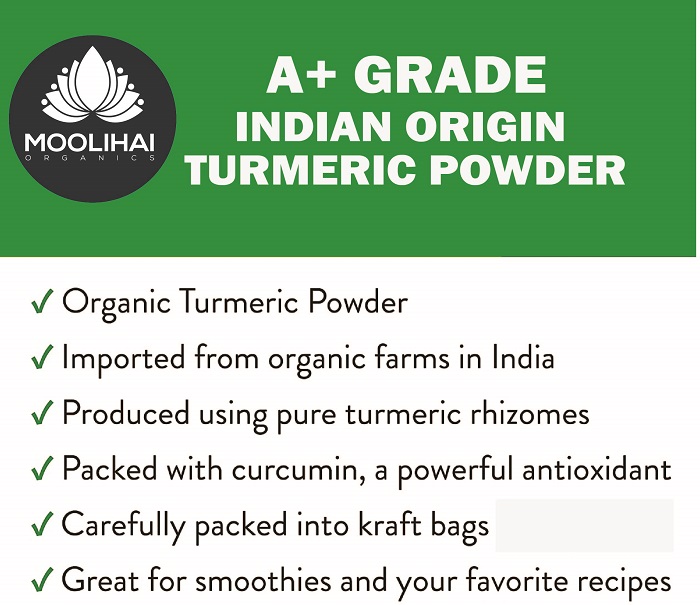
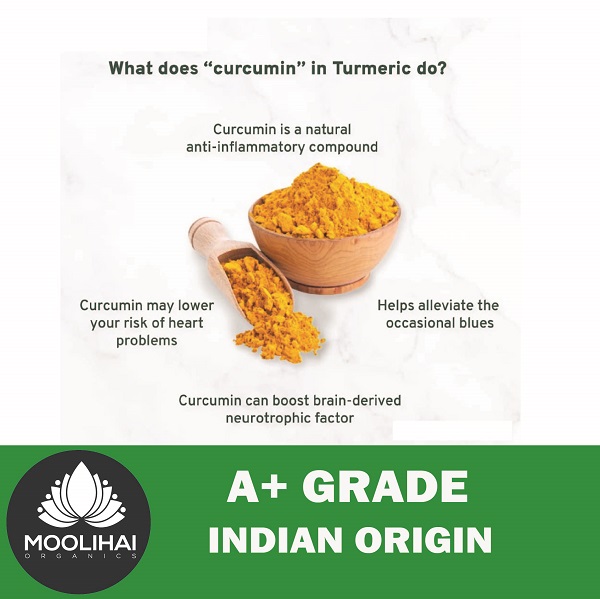
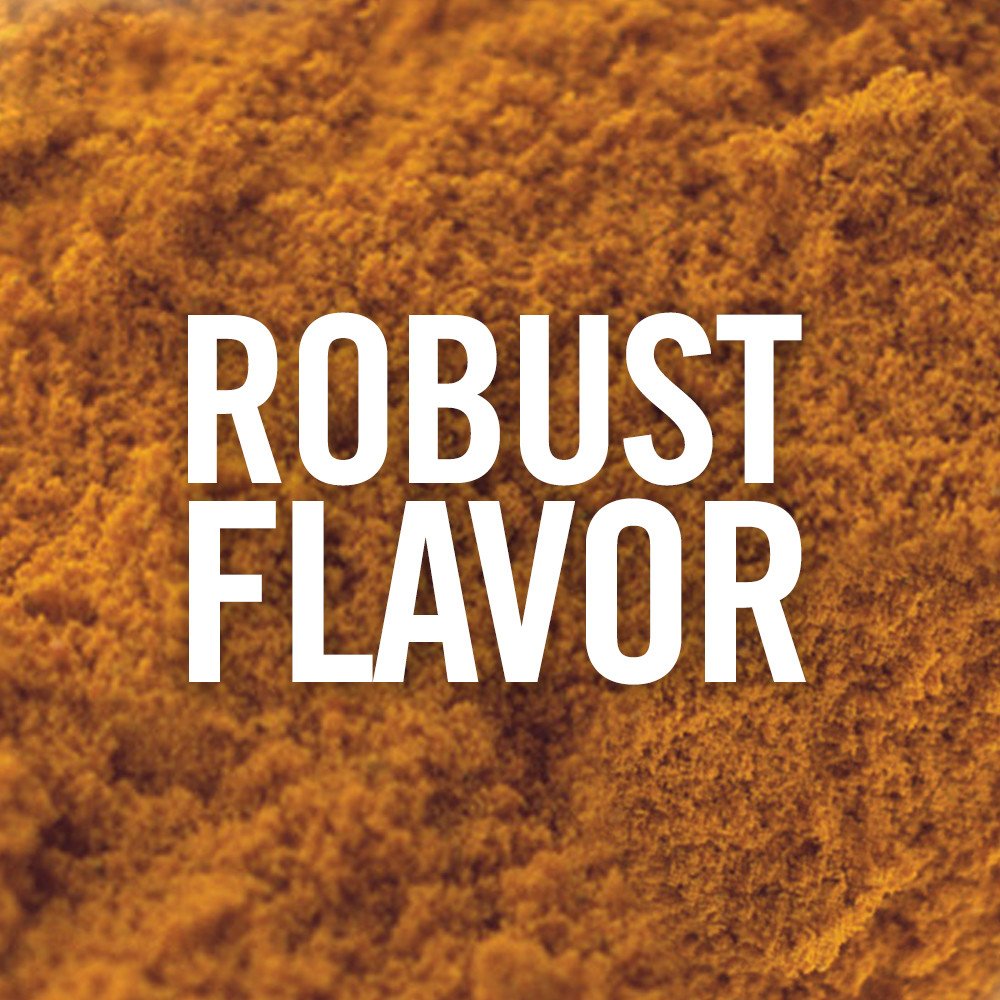














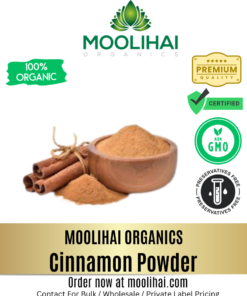





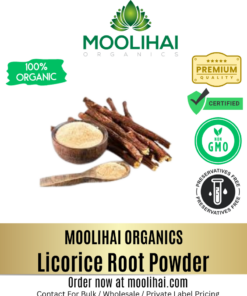




Gopinath –
I am a food entrepreneur and a chef gourmet, in my opinion, this is the best turmeric I have utilized for cooking.
Ramani –
Delivery may have been faster
Subrahmanyam –
This high-quality turmeric has an amazing taste and refreshing aroma!
Never tasted and smelt such a flavorful turmeric powder ever before!
The packaging is beautiful! Overall, this is great turmeric in a great package!
Vizag Rajesh –
The quality of the turmeric powder is amazing, and I give this turmeric milk made from turmeric to my babies every night because it is beneficial for immunity.